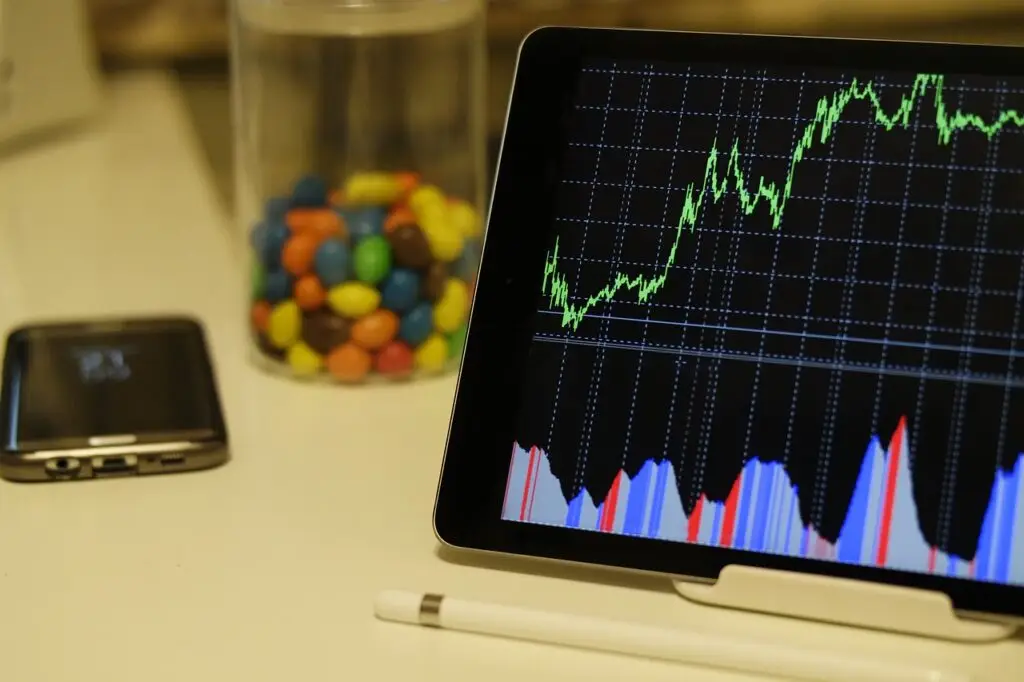
On January 27, 2025, the State Bank of Pakistan (SBP) announced a 100 basis points reduction in its policy rate, bringing it down to 12%. This decision marks the sixth consecutive rate cut since June 2024, totaling a cumulative decrease of 1,000 basis points.
The central bank’s move is primarily driven by a significant decline in inflation rates. In December 2024, the Consumer Price Index (CPI) inflation dropped to 4.1%, a notable decrease from the 38% recorded in May 2023. This downward trend is attributed to easing demand pressures, stable exchange rates, and favorable base effects.
Despite the positive outlook, the SBP remains cautious due to persistent core inflation, which stood at 9.1% in December 2024. Factors such as volatile global commodity prices and potential adjustments in energy tariffs pose risks to the inflation trajectory. Consequently, the SBP projects average inflation for the fiscal year 2025 to be between 5.5% and 7.5%.
On the external front, Pakistan’s current account balance has shown improvement, recording a surplus of $1.2 billion in the first half of FY25. This positive development is largely due to robust remittance inflows and strong export earnings, particularly in high-value-added textile sectors. The SBP anticipates that the current account will remain balanced, projecting a range between a deficit and surplus of 0.5% of GDP for the fiscal year.
However, challenges persist. Tax revenues, despite growing by 26% in the first half of FY25, have not met government targets, raising concerns about fiscal performance. The SBP also highlights global uncertainties, including fluctuating oil prices and cautious monetary policies in major economies, which could impact Pakistan’s economic stability.
Looking ahead, the SBP expects its foreign exchange reserves to exceed $13 billion by June 2025, supported by planned financial inflows. The central bank remains committed to maintaining a positive real policy rate to ensure price stability and sustainable economic growth.
The SBP’s decision to lower the policy rate reflects its response to moderating inflation and an improving economic outlook. While the reduction aims to stimulate economic activity, the central bank remains vigilant of potential risks that could affect the country’s financial stability.
